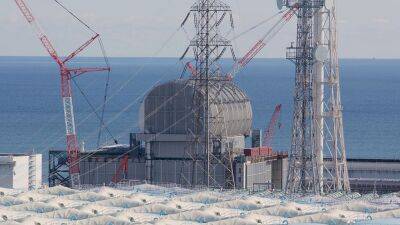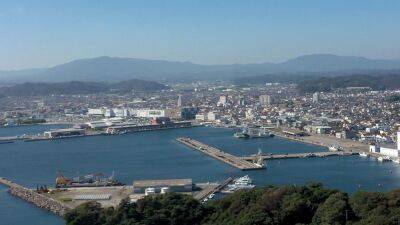Fukushima: Japan prepares to discharge water from the plant into the sea
11 years after the Fukushima disaster, Japan is working hard to overcome challenges posed by its water. Since the Tohoku tsunami of 11 March 2011, Japan has been decommissioning and decontaminating the nuclear power plant, which is expected to take 30 to 40 years.
Now, the plant must urgently empty its water tanks.
Euronews spoke to Kimoto Takahiro, the Deputy Site Superintendent at D&D Communication Center, Fukushima Daiichi D&D., Co., Tokyo Electric Power Company (TEPCO) to ask where the water comes from.
“The water that accumulates every day was used to cool the molten fuel”, Kimoto explained. “And there is also water from underground springs or rain that accumulates.”
This water is treated in ALPS, a unit specially designed for Fukushima. It removes almost all the radioactive substances.
The treated water is then stored in a thousand tanks, but they have reached their maximum capacity. Next year, Japan will release the treated water into the sea.
However, a small amount of radioactive substance, called tritium, still remains, as it’s inseparable from the water.
90,000 samples of treated water are analysed in a laboratory each year in preparation for dilution in the sea. After a second treatment in ALPS, the water will be discharged into the sea through a tunnel, which is one kilometre long and built at a depth of 16 metres. The tunnel is set to be completed next spring.
Just before it reaches the Pacific, the water will be diluted one last time in large seawater pools.
In order to find out whether marine life will be affected by the radioactivity, the nuclear power plant is rearing fish in separate pools.
"There are basins of natural seawater on one side, and basins of treated water mixed with seawater on the other”, Kimoto








